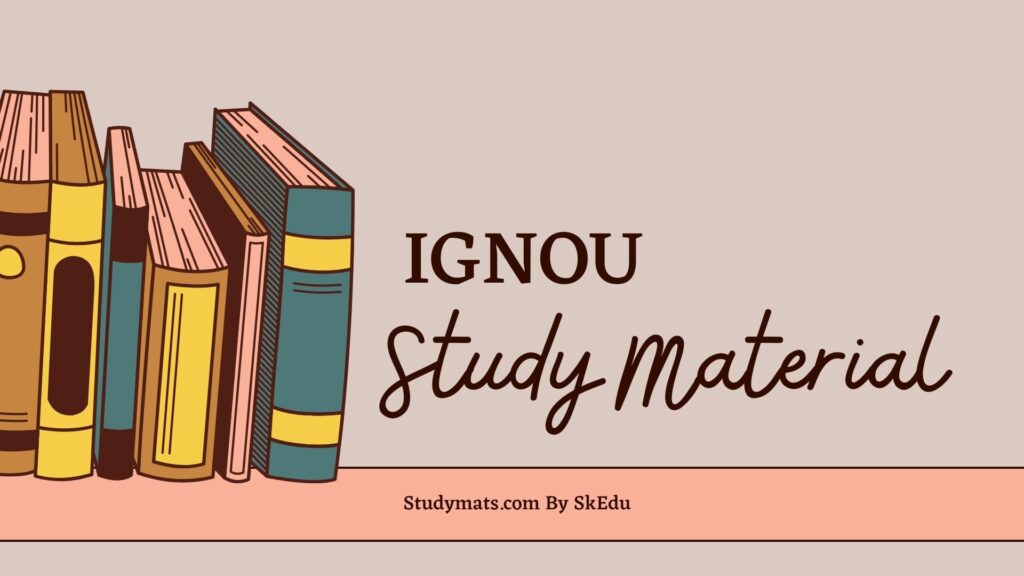NTA NET curriculum 2024: Together with the NTA NET Notification, the University Grants Commission (UGC) sets the curriculum for the June and December cycles. If there is a change to the NTA NET curriculum for any subject, the NTA will always notify students in writing and provide the new syllabus. According to the announcement made by UGC Chairman M Jagdesh Mamidala, the UGC NET syllabus would be updated. The UGC will adapt the NET syllabus in accordance with the National Education Policy 2020 (NEP 2020).
The NTA NET Paper 1 Syllabus 2024 and UGC NET Paper 2 Syllabus 2024 are the two portions that make up the NTA NET syllabus. All candidates who plan to sit for the UGC NET test in 2024 will follow the same syllabus for NTA NET Paper 1. The syllabus for the UGC NET exam 2 differs depending on the subject, though. Paper 2 has topic-specific questions that candidates might specialize in. There are 50 multiple-choice questions (MCQs) in Paper 1 and 100 in Paper 2, both of which must be answered in three hours.
Getting familiar with the Papers 1 and 2 NTA NET 2024 syllabus is the first step towards exam readiness. The most recent UGC NET test syllabus and pattern must be familiar to applicants in order for them to prepare for the exam effectively. The NTA NET 2024 exam will be given in 83 topics to determine a candidate’s eligibility for a Junior Research Fellowship (JRF) or Assistant Professor post in Indian institutions and colleges.
| Unit 1 Teaching Aptitude | Teaching: Concept, objectives, levels of teaching (memory, understanding, and reflective), characteristics, and basic requirements Learner’s characteristics: Characteristics of adolescent and adult learners (academic, social, emotional and cognitive), individual differences Factors affecting teaching related to Teacher, Learner, Support material, Instructional facilities, Learning environment, and Institution Methods of teaching in higher learning institutions: Teacher-centred vs learner-centered methods; offline vs online methods (Swayam, Swayamprabha, MOOCs, etc.). Teaching support system: Traditional, modern, and ICT based Evaluation systems: Elements and types of evaluation, evaluation in Choice Based Credit Systems in higher education, computer-based testing, innovations in evaluation systems |
| Unit-II: Research Aptitude | Research: Meaning, types, and characteristics, positivism and post-positivistic approach to research Methods of research: Experimental, descriptive, historical, qualitative and quantitative methods Steps of research Thesis and article writing: Format and styles of referencing Application of ICT in research Research ethics |
| Unit III Comprehension | A passage of text is given. Questions are asked from the passage which needs to be answered. |
| Unit IV Communication | Communication: Meaning, types, and characteristics of communication Effective communication: Verbal and non-verbal, inter-cultural and group communications, classroom communication Barriers to effective communication Mass-media and society |
| Unit V Mathematical Reasoning and Aptitude | Types of reasoning Number series, letter series, codes, and relationships Mathematical aptitude (fraction, time & distance, ratio, proportion and percentage, profit and loss, interest and discounting, averages etc.) |
| Unit VI Logical Reasoning | Understanding the structure of arguments: Argument forms, the structure of categorical propositions, mood and figure, formal and informal fallacies, uses of language, connotations, and denotations of terms, the classical square of opposition Evaluating and distinguishing deductive and inductive reasoning Analogies Venn diagram: Simple and multiple uses for establishing the validity of arguments |
| unit VII Data Interpretation | Sources, acquisition and classification of data Quantitative and qualitative data Graphical representation (bar-chart, histograms, pie-chart, table-chart and line-chart) and mapping of data Data interpretation Data and governance |
| unit VIII Information and Communication Technology | ICT: General abbreviations and terminology Basics of Internet, Intranet, E-mail, Audio and Video-conferencing Digital initiatives in higher education ICT and Governance |
| Unit IX People, Development and Environment | Development and environment: Millennium development and Sustainable development goals Human and environment interaction: Anthropogenic activities and their impacts on the environment Environmental issues: Local, regional and global; air pollution, water pollution, soil pollution, noise pollution, waste (solid, liquid, biomedical, hazardous, electronic), climate change and its socio-economic and political dimensions Impacts of pollutants on human health Natural and energy resources: Solar, Wind, Soil, Hydro, Geothermal, Biomass, Nuclear and Forests Natural hazards and disasters: Mitigation strategies Environmental Protection Act (1986), National Action Plan on Climate Change, International agreements/efforts -Montreal Protocol, Rio Summit, Convention on Biodiversity, Kyoto Protocol, Paris Agreement, International Solar Alliance |
| Unit X Higher Education system | Institutions of higher learning and education in ancient India Evolution of higher learning and research in post-independence India Oriental, conventional and non-conventional learning programmes in India Professional, technical and skill-based education. Value education and environmental education Policies, governance, and administration |
